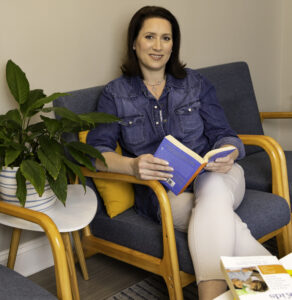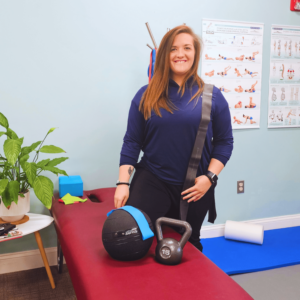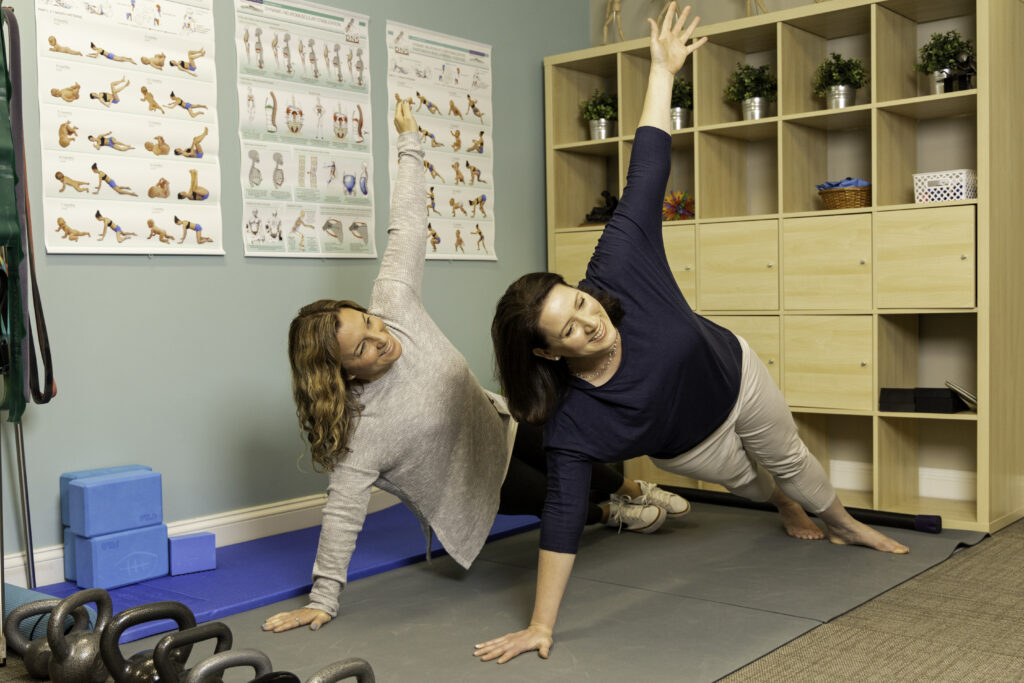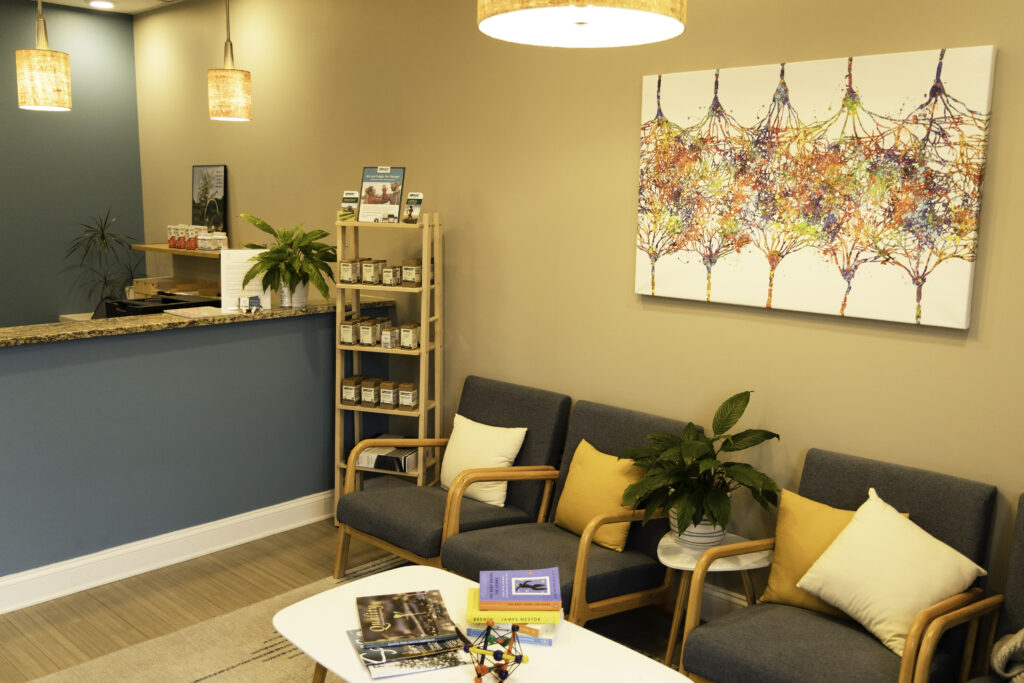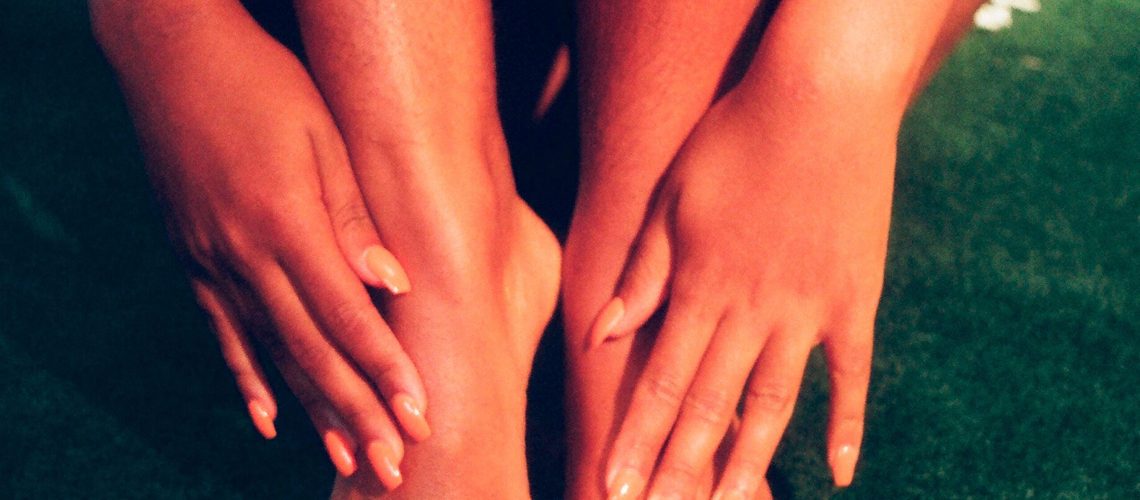I frequently see people complaining of more foot, knee, hip and back problems when they change into summer shoes, especially flip flops! With warmer weather comes more activity, especially outdoors. Poorly fitting footwear can increase the risk of pain and injuries by:
- Overworking and straining muscles, tendons and ligaments in your foot and ankles by
- Changing your gait, triggering pain and muscle tension your hips and lower back, which can
- Aggravate plantar fasciitis, knee, and hip pain, which will
- Increase your risk of strain and injury
Strong feet are healthy feet!
Each foot is made up of 28 bones, 30 joints and more than 100 muscles, tendons and ligaments, all of which work together to provide support, balance and mobility. Your feet are supposed to move! Just like any other body part, you must “use it or lose it.”
“Supportive” shoes or orthotics are often recommended to manage foot pain. The problem is that these are usually designed to restrict normal movement of the muscles and ligaments.
Decreased movement = Decreased muscle strength = Increased ligament strain = Increased pain
The good news is, you don’t have to toss all your “comfortable” shoes and flip-flops in the trash. We can help you by:
- addressing and properly rehabilitating old foot and ankle injuries
- improving foot mobility and stability
- teaching you specific strength and stability exercises for your feet, hips, and core to reduce further injury
- evaluate your shoes to see if they are helping or harming you
Barefoot really is best — when done properly! Just like any muscle strengthening program, it might feel uncomfortable initially, and it can take time to improve. Start by going barefoot at home as much as possible. Weather permitting, get out and walk barefoot on the grass. This will naturally stimulate the nerves and muscles in your feet to get them more active and stronger.
Free your feet and toes this summer. Just remember to:
- Wear flip-flops in moderation.
- Wear shoes that are flexible, but still protect your feet.
- An ankle or heel strap can help them fit more securely, which helps with foot muscle clenching.
- Check your feet for blisters and scrapes and treat injuries promptly.
- Don’t run or play sports in flip-flops.

